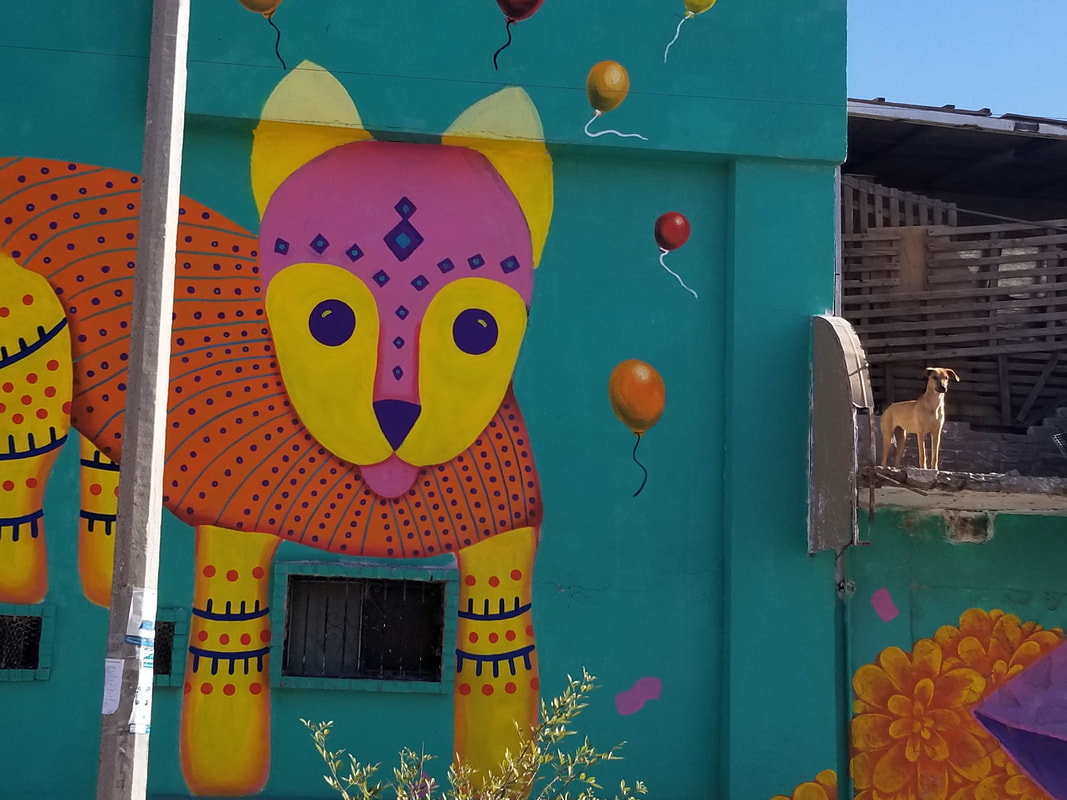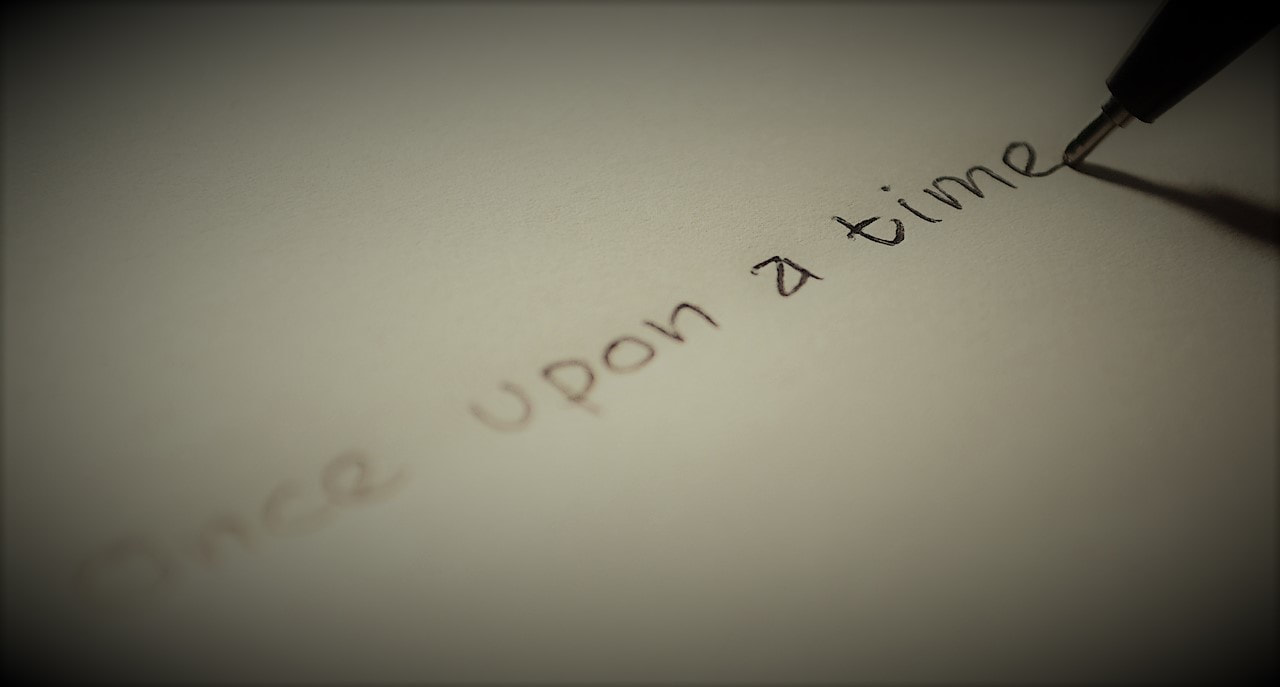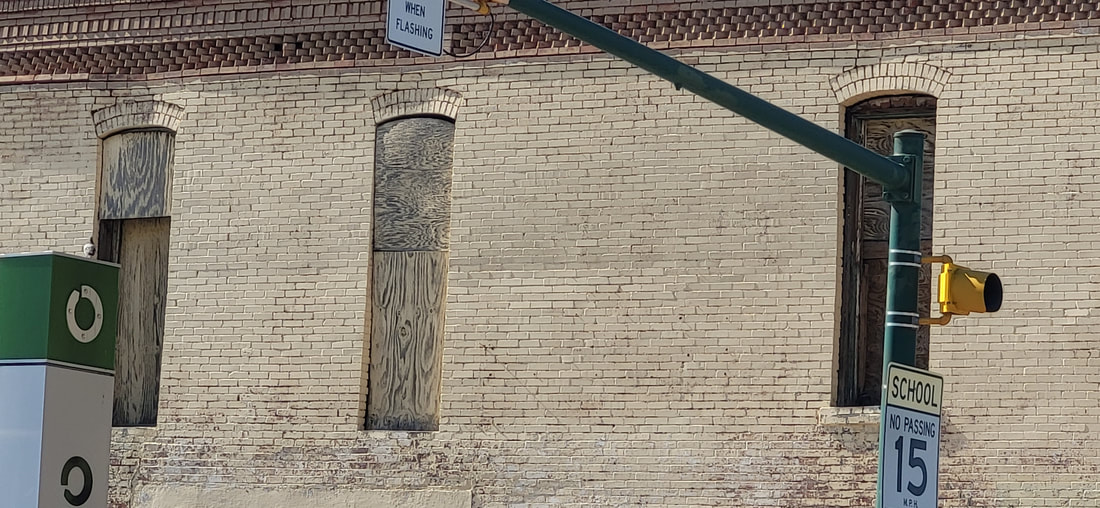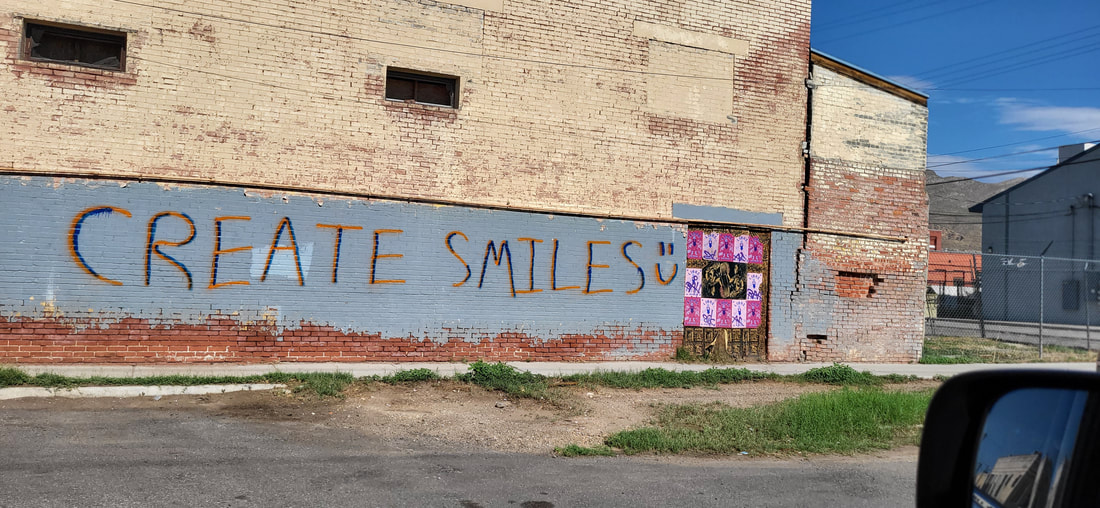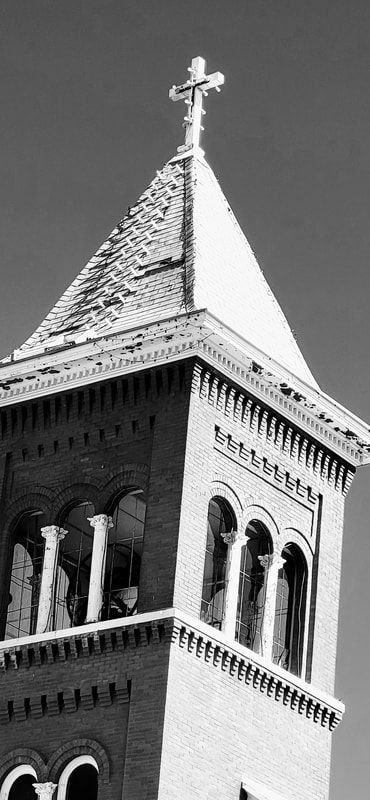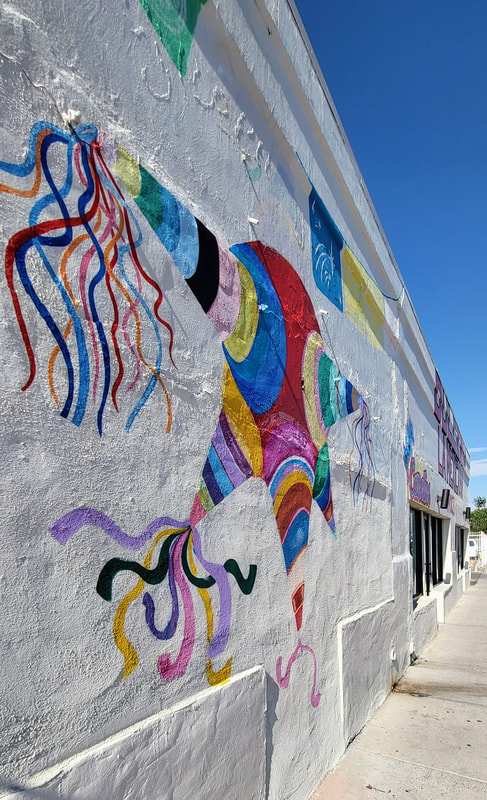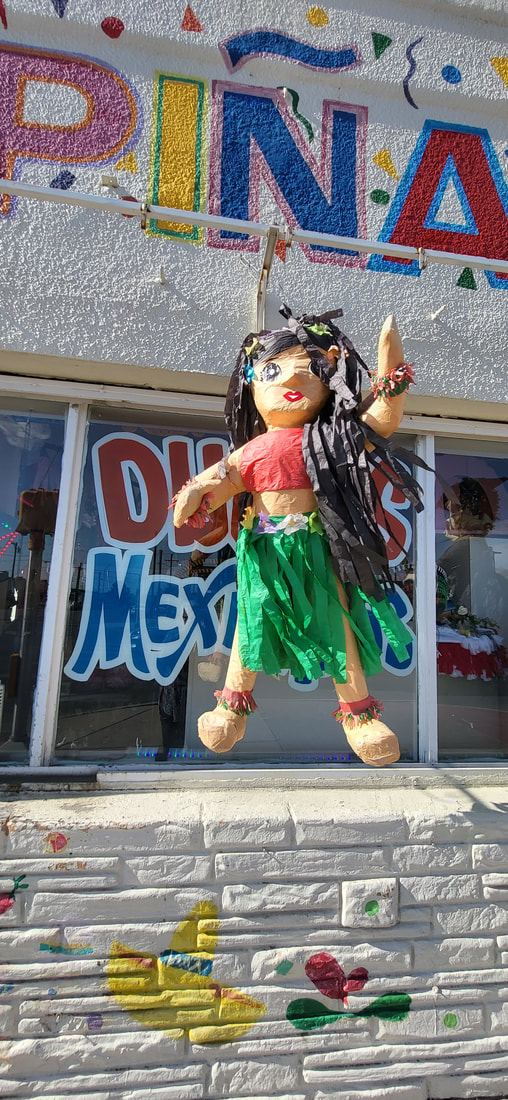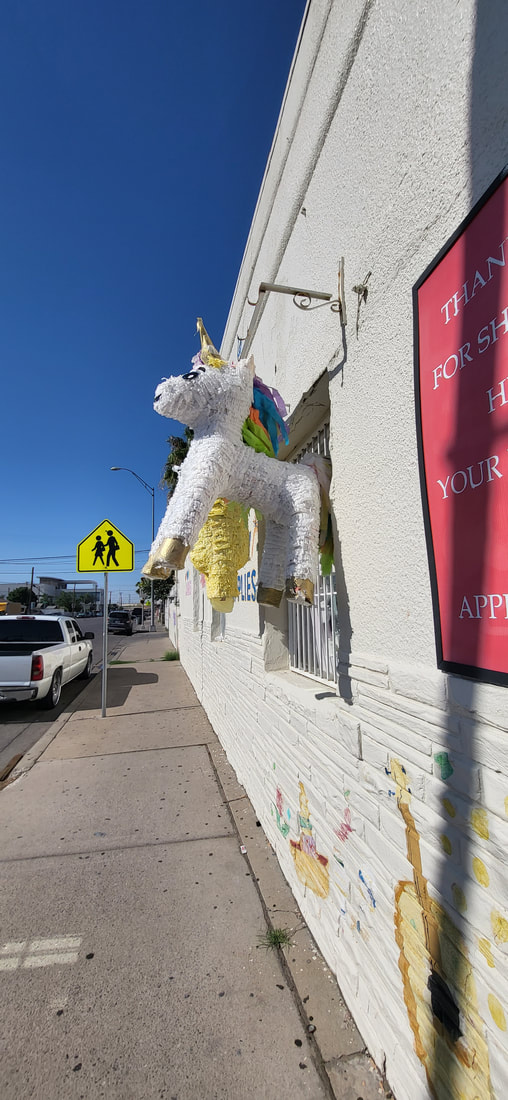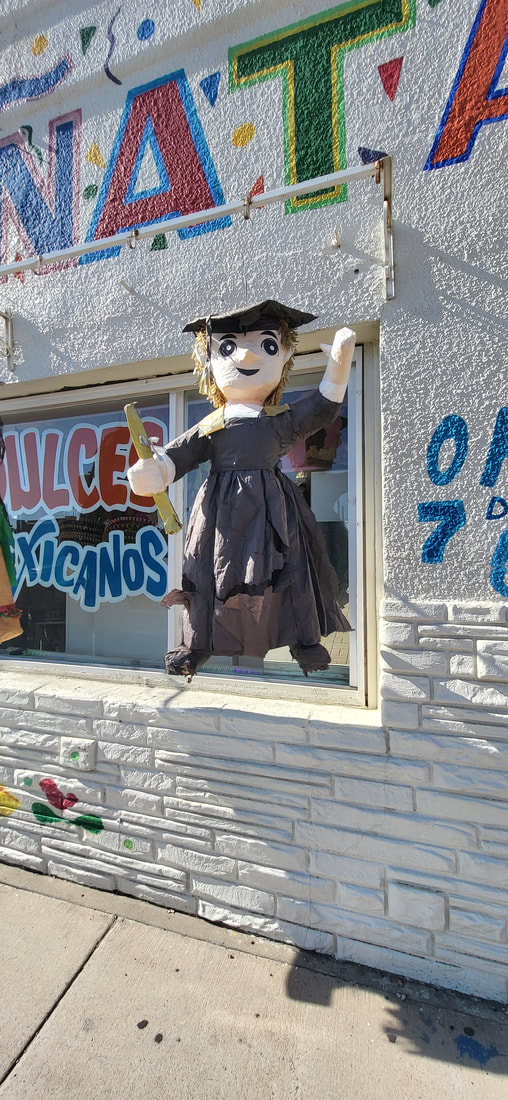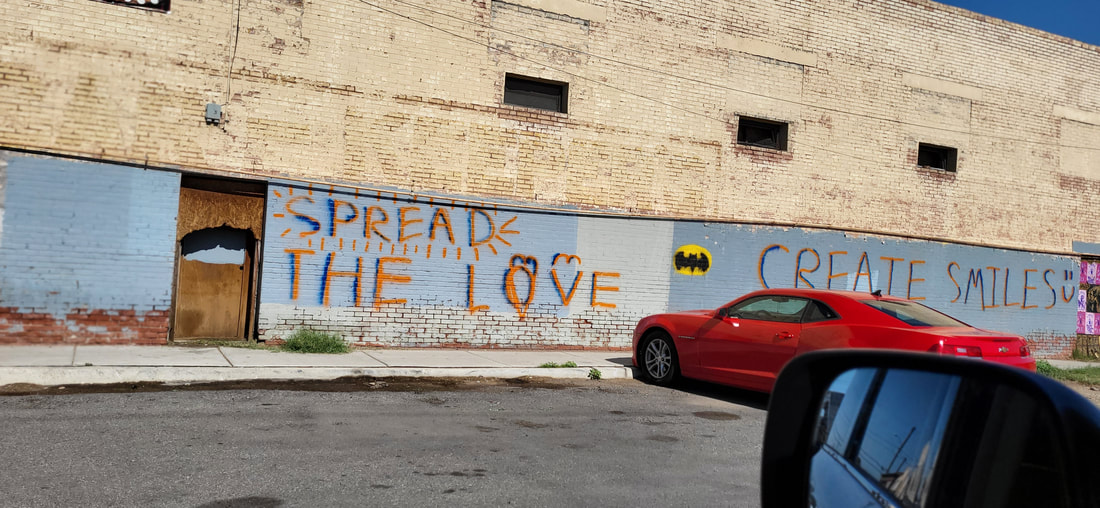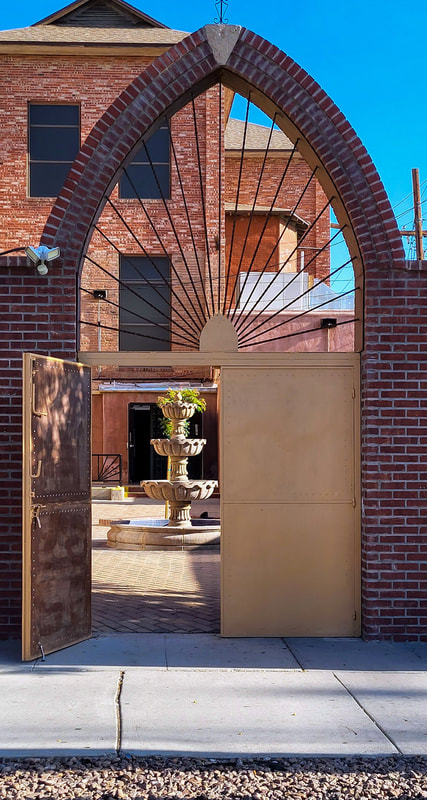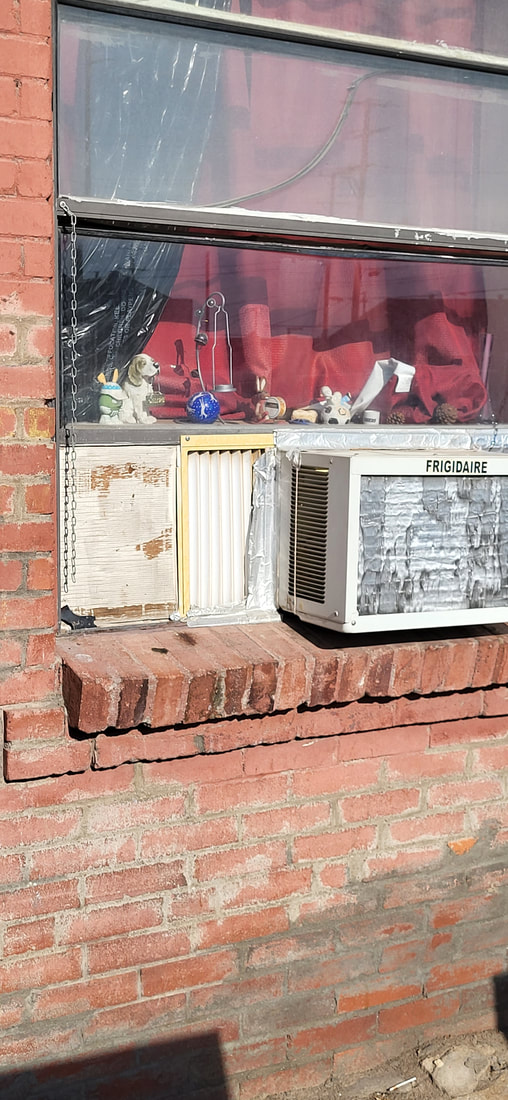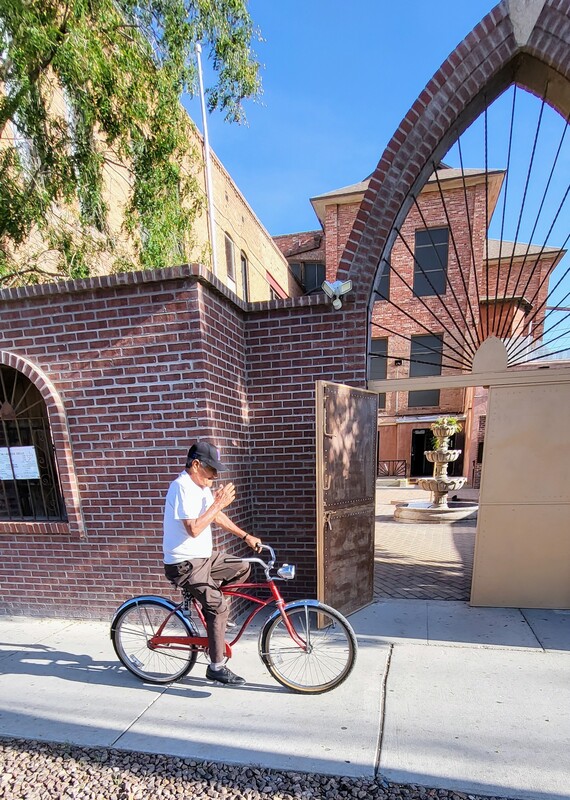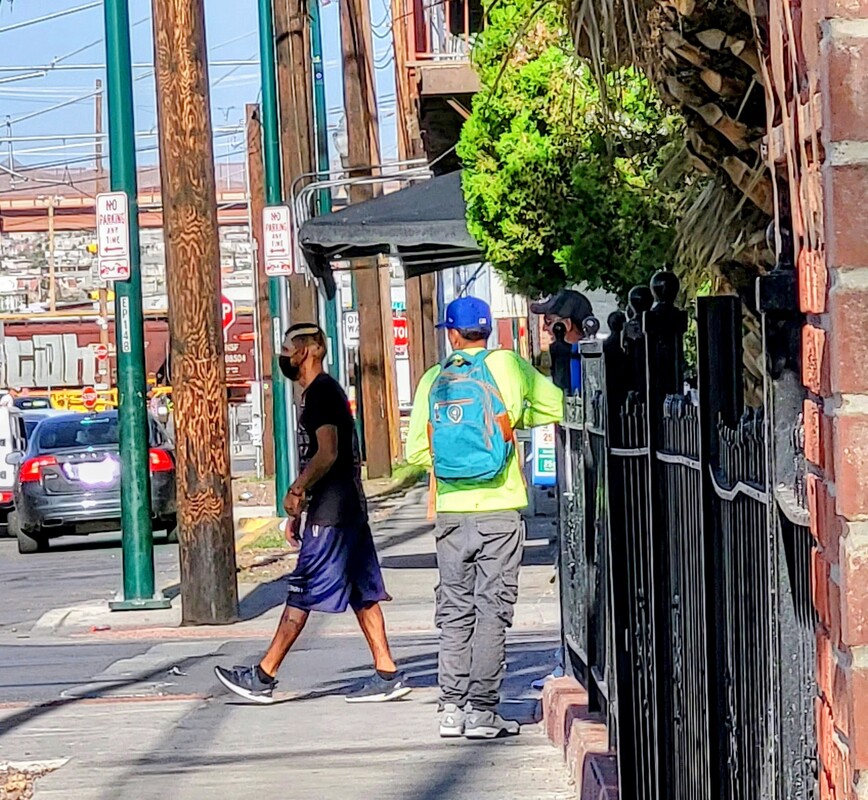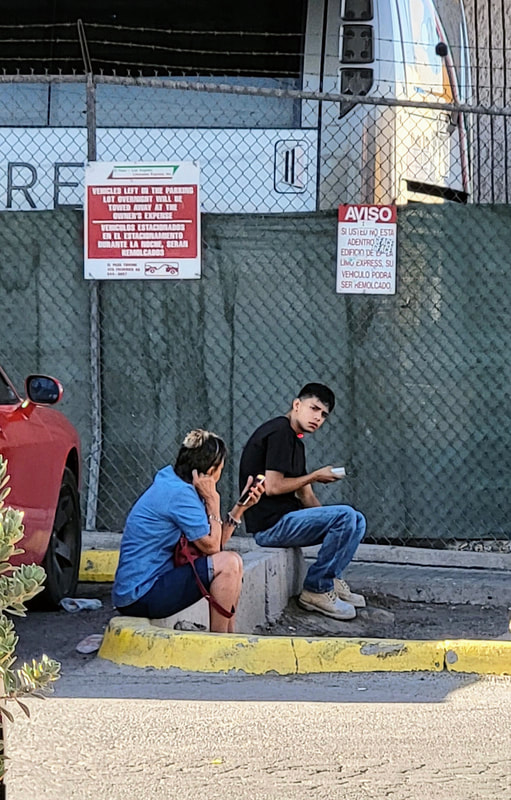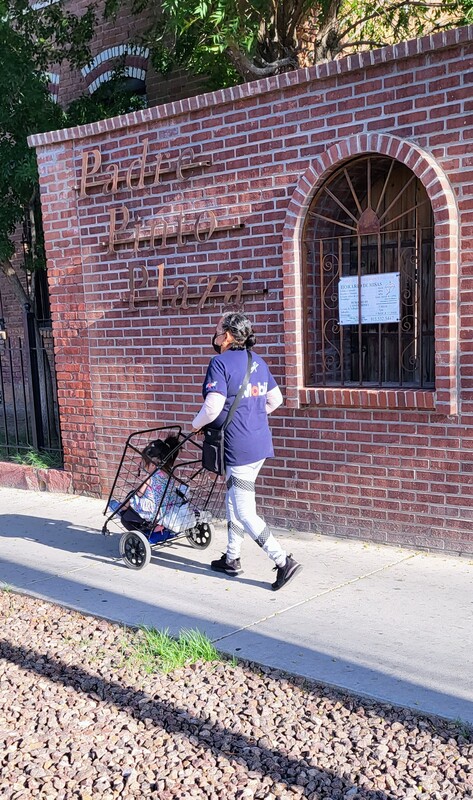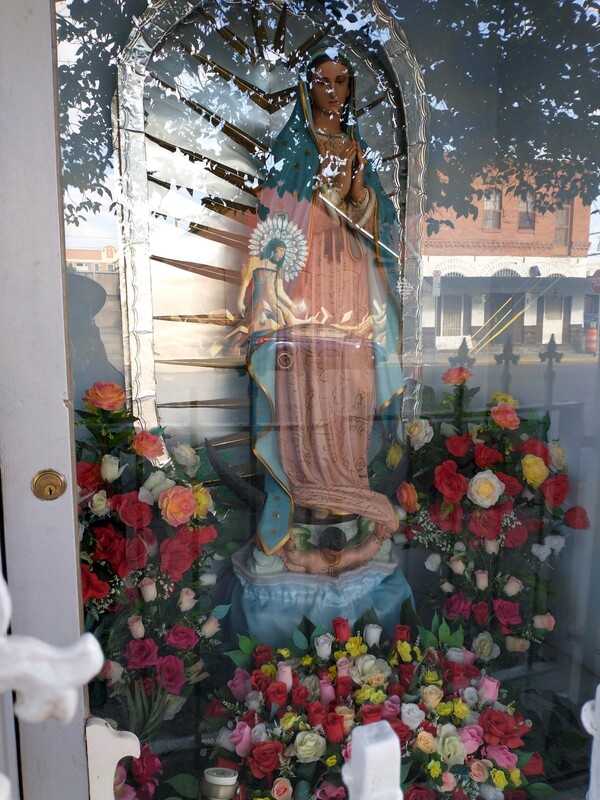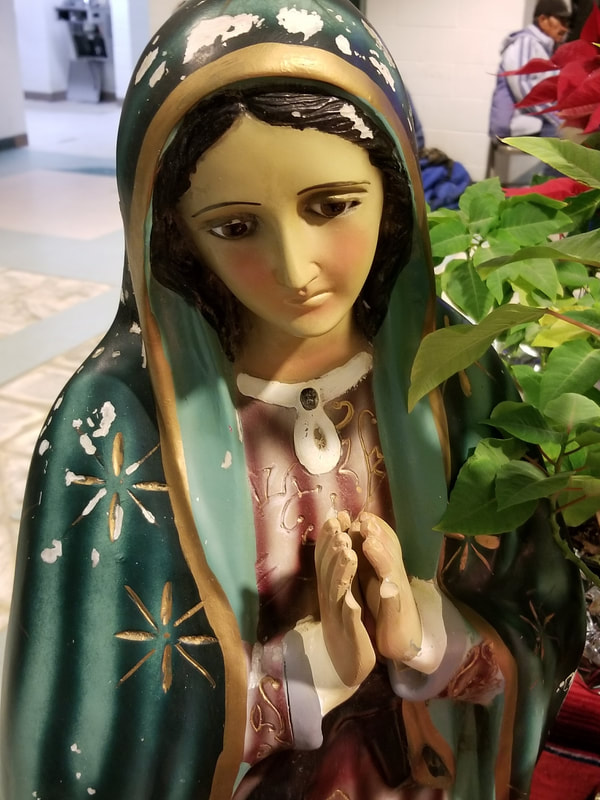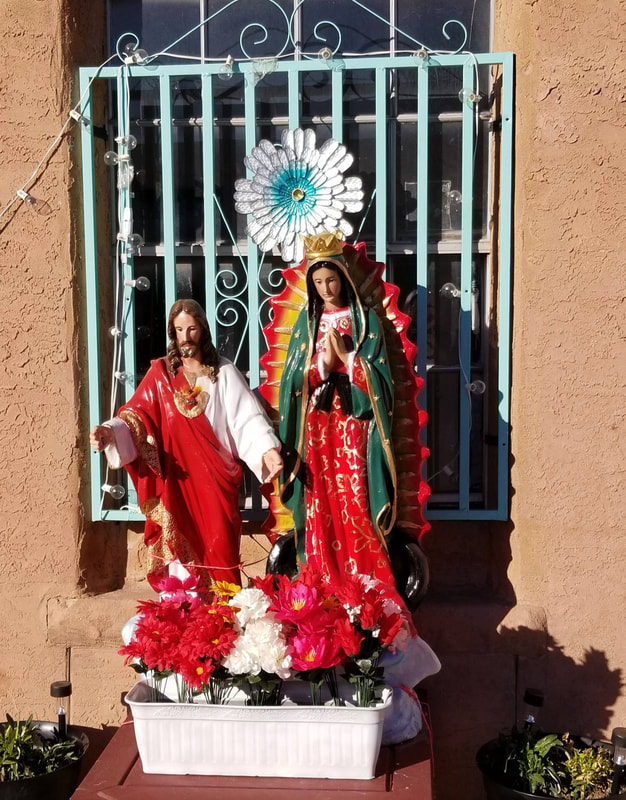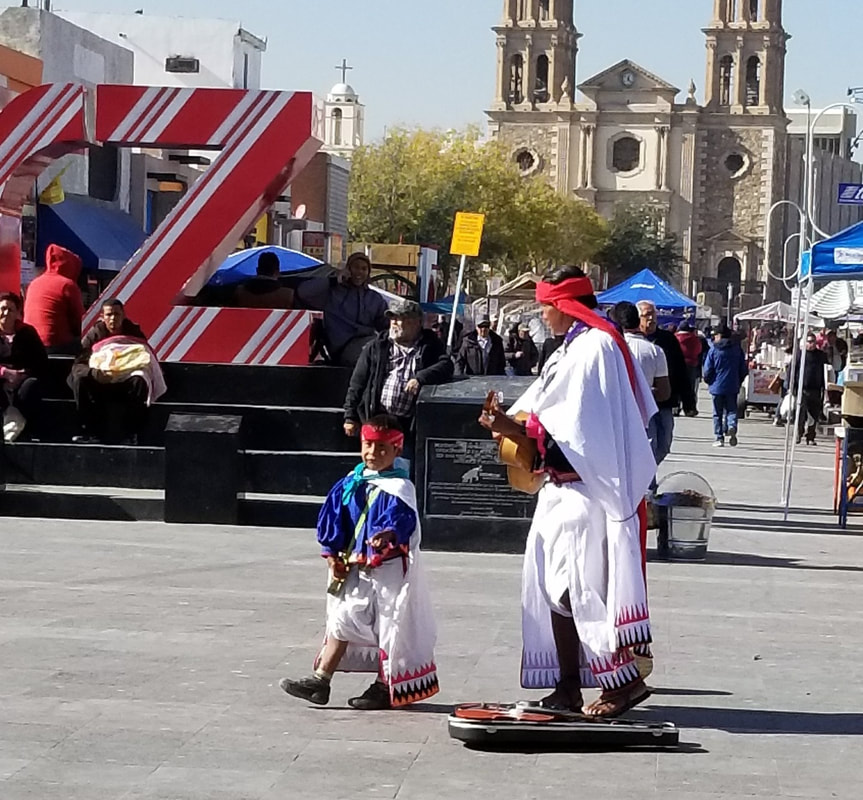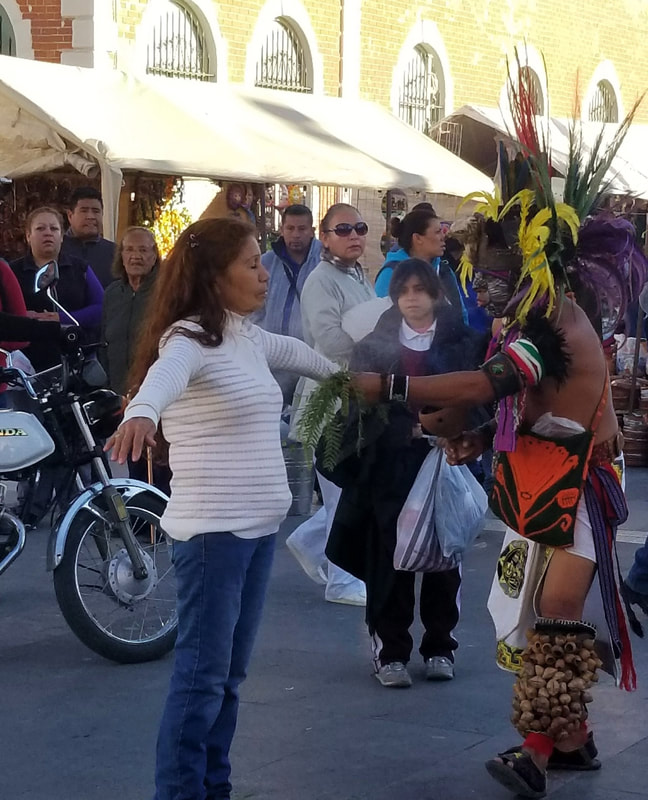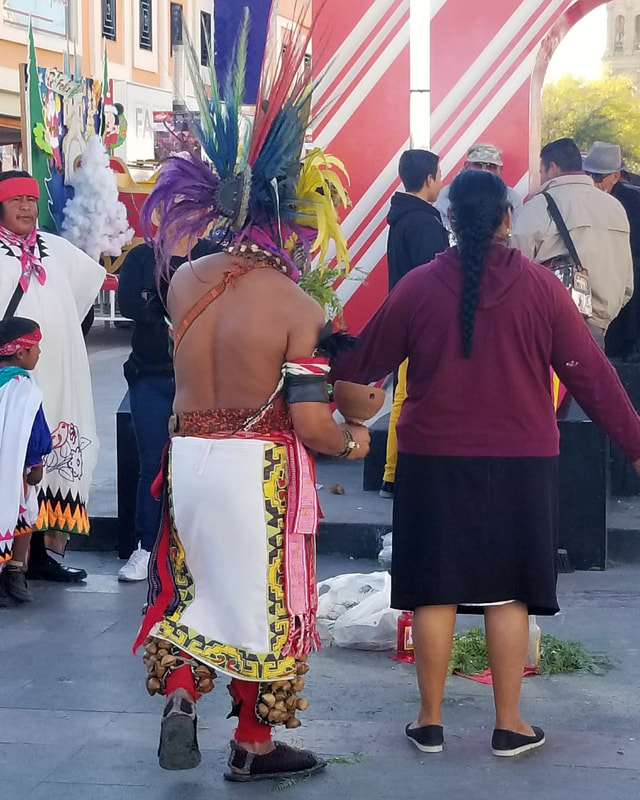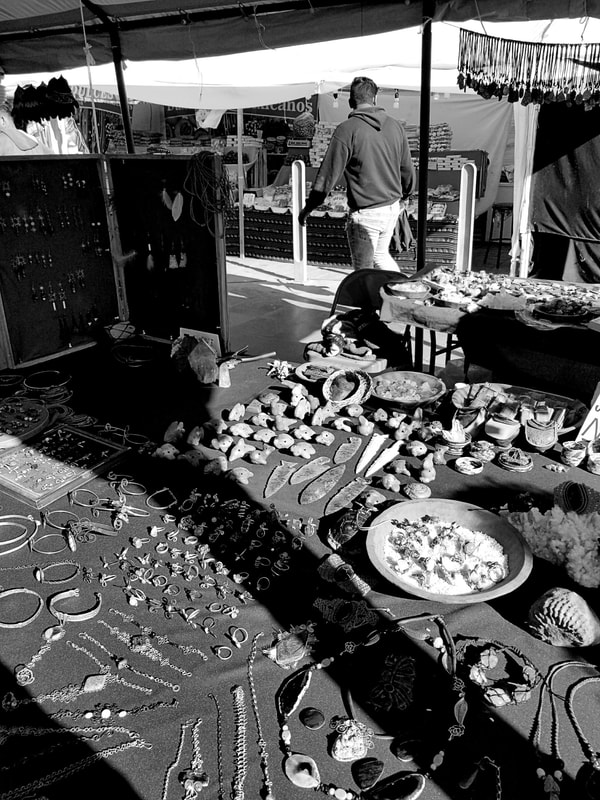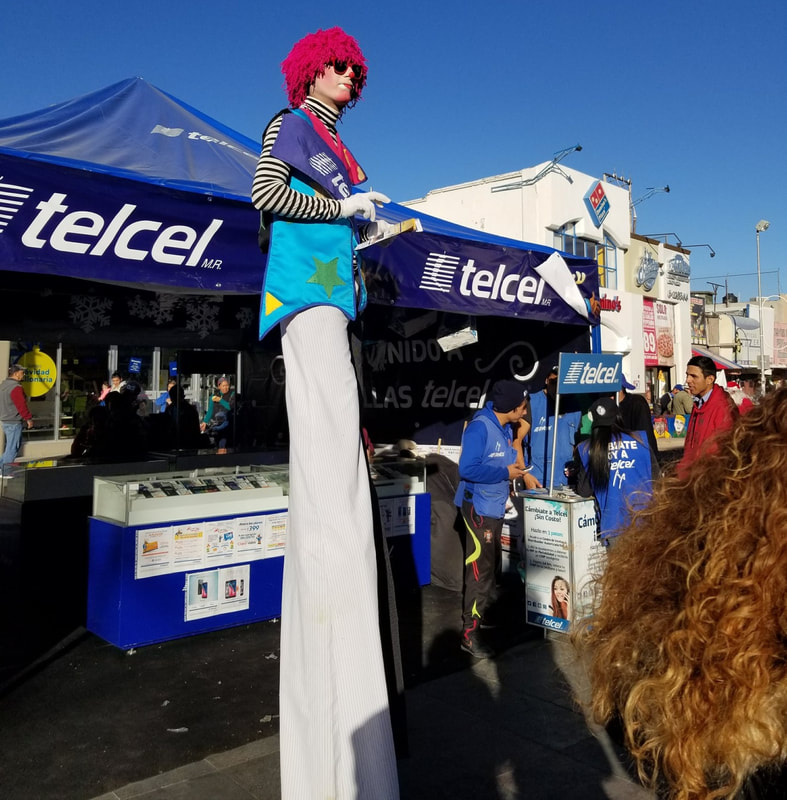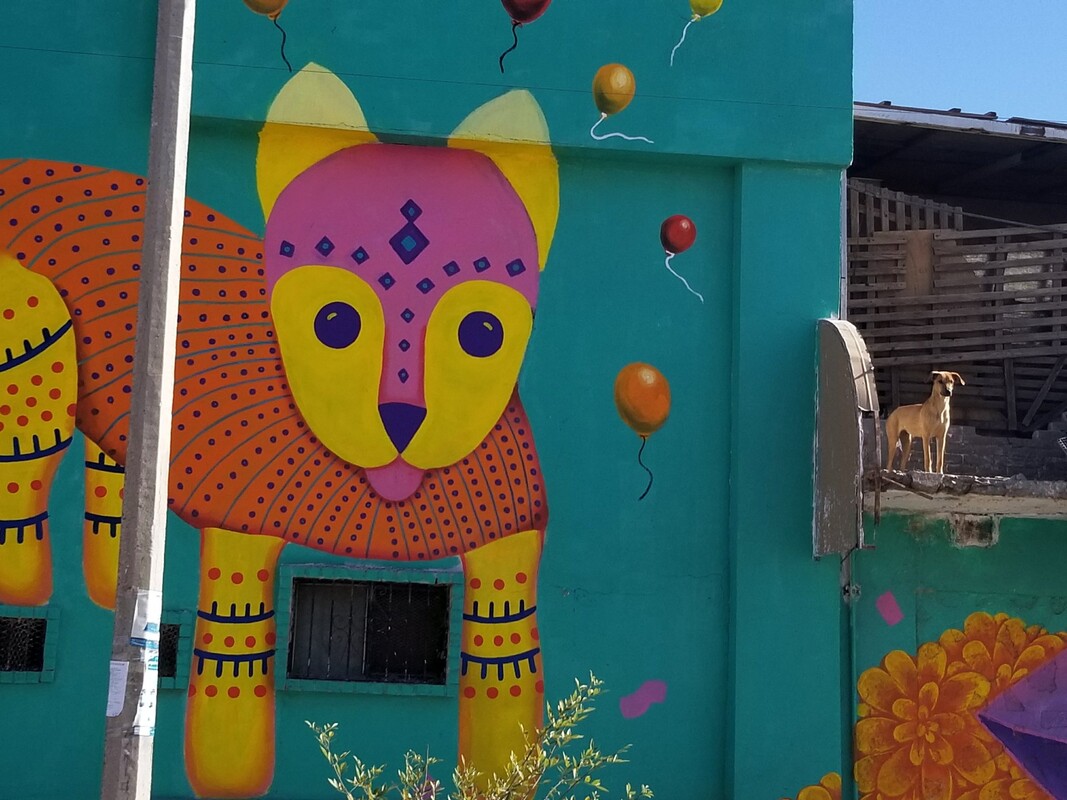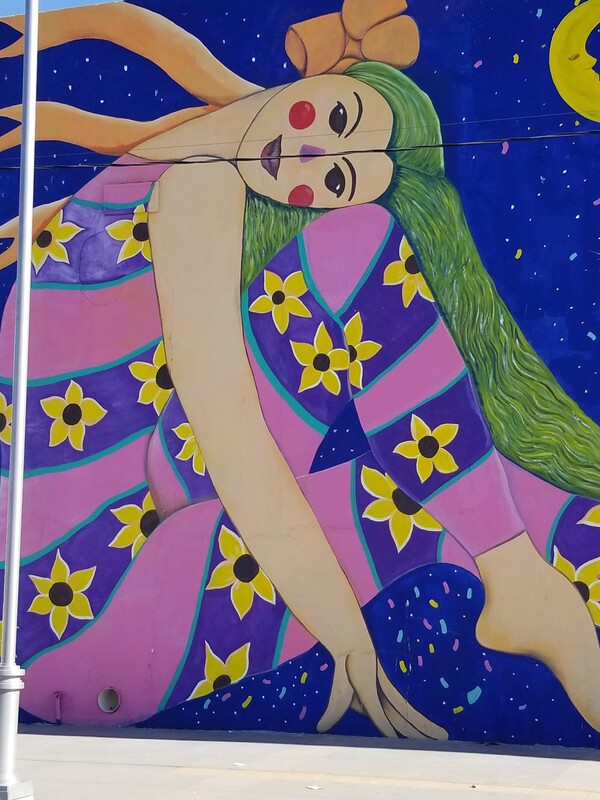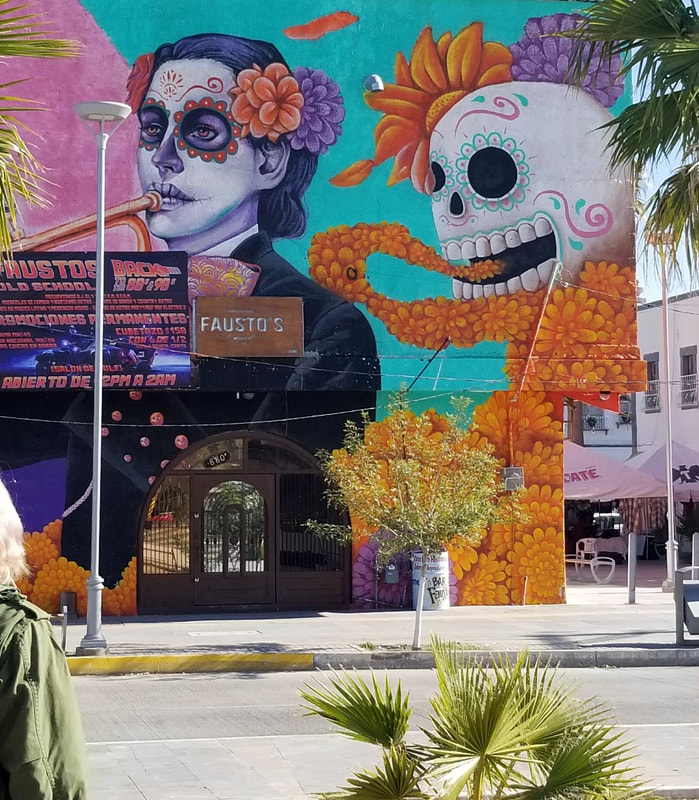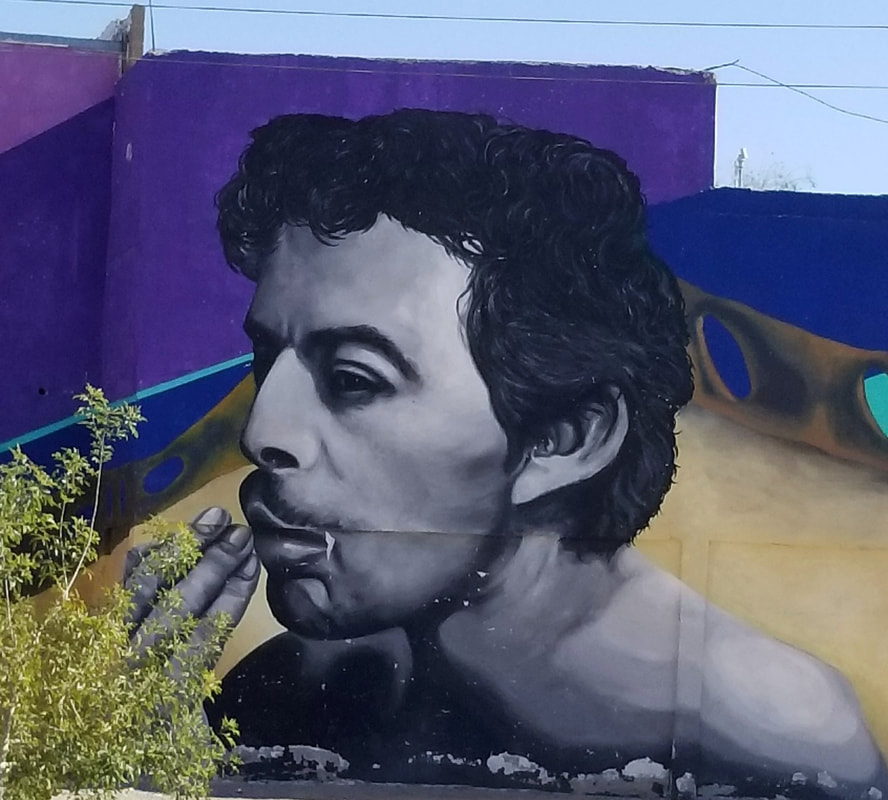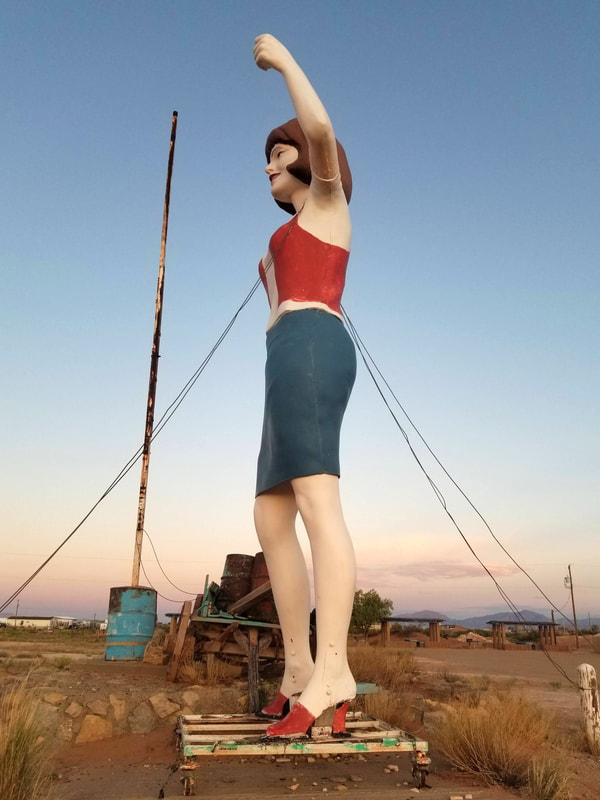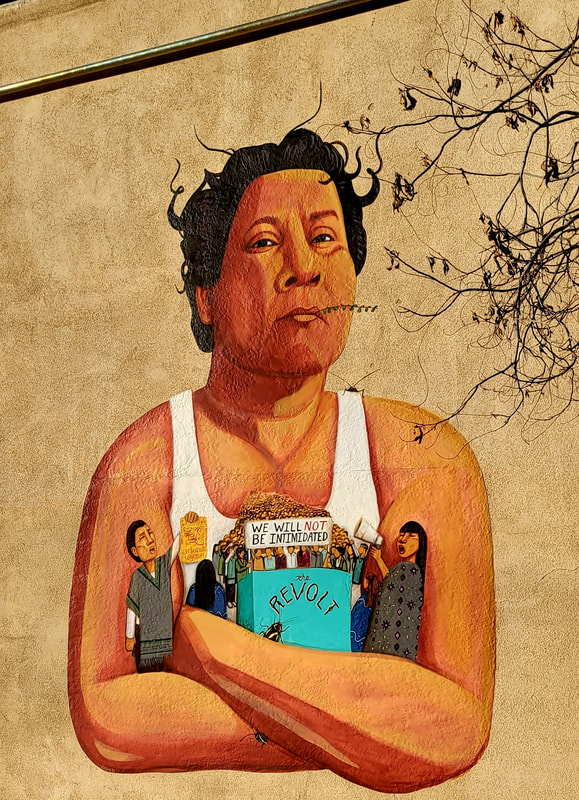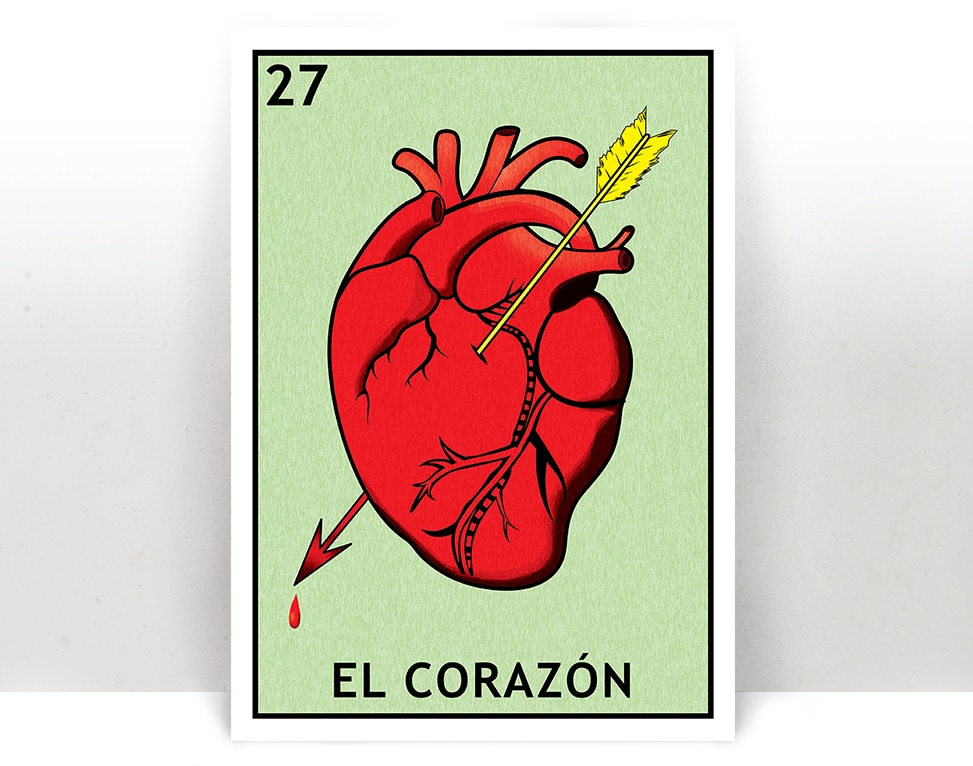 Today I share a piece I wrote in 2008. It is still true. I believe it with all my heart. How do family traumas keep us trapped and ill? Let me know your experiences. Growing up I became the somewhat reluctant carrier of women’s stories—mothers, aunts, grandmothers, sisters. They were mostly stories of pain, abuse, and poverty. The kind of stories that generations of women have kept secret or shared in whispers with other women, sometimes in shame, sometimes in desperation. The kinds of stories that speak of the weariness of the soul, yolmiquiliztli our ancestors called it. The young mother, tormented by her father’s incest, whose tortured mind wouldn’t allow her to keep her children, wandering self-destructively through life wondering if they knew that she loved them. The grandmother who died at forty, disillusioned at her impoverished life in the new country, always remembering the life she had left behind in Chihuahua before la Revolución took everything away. The tía abuela who gave birth to a baby boy, alone in a small dirty tenement bathroom in el Segundo Barrio, immediately handing him over to a stranger to raise. The tiny baby girl who spent the last days of her life with her stomach cramping, the burning pain of an intestinal disease filling every inch of her fragile body, who found it easier to let go of the spark of life than to fight the pain of the extreme in the sandy desert outside of Cd. Juárez where half a century ago clean water was and continues to be a luxury. There were also stories of fighting back, of strength, and of humor. The young wife who hit the border patrol agent with her purse for disrespecting her dark skinned husband, in his army uniform, as they crossed the border. The sister who pushed her wife-beating brother-in-law out a two-story window in defense of her older hermana. The young girl who went each evening, her heart sparkling, to find a secret love letter from the young man who courted her, hidden between adobe bricks, away from disapproving parental eyes. Hesitantly, I listened to the stories over and over as a girl. Having heard them repeated over and over, I memorized them unwillingly. Over the decades, these stories made a home in my body where they settled, often uncomfortably, in my most vulnerable women’s places—my uterus and my heart. From adolescence on, I bled uncontrollably each month, cramping so violently that sometimes I fainted. By my thirties, tumors had begun to grow in my uterus, increasing the monthly pain. Doctors urged me to have a hysterectomy.[1] Hysterectomies, a decade ago as now, were the frequent answer to such conditions. My heart, no yollotl,—the place that our ancestors saw as the residence of vitality, knowledge, will, and affection—suffered as well. For years, I experienced yolmiquiliztli, the weariness of the heart, literally the “death of the heart.” I believe it was passed on from generations of women before me, some of whose stories I knew and others that I did not. I carried their pain in my cells as if it were my own, and it was mine although I had not directly experienced their suffering. [2] I tried to awaken my heart and deaden the pain through external means, self-medicating in all the ways that modern society offers us. However, it only served to separate me more from my corazón and from myself. The more I tried to forget the pain, to distance myself from the stories, the more I forgot my true self, my human self. Our ancestors had a word- yollopoliuhqui, which meant “lost from the heart” or forgotten. It also meant “strayed from the heart.” or careless. I was both. Like so many, I took risky chances. I didn’t listen to my instincts. And I often lived in fear. One day, in my mid-thirties, returning from an appointment with a persistent doctor who insisted that removing my uterus was the only way to stop the pain, I had an idea. What if the tumors represented the women’s stories that had nestled in the tissue of my uterus, and what if writing them down allowed my body to release the painful, hard tumors? I began slowly, hesitantly writing them. It was difficult. I had carried them for so many years, keeping them secret as I was taught. I felt fear and guilt for putting the stories down on the paper, but I continued over several weeks. When I returned to the gynecologist’s office a couple of months later, she was surprised that some of the tumors had disappeared and that others had shrunk. I was elated, but stopped writing the stories. I don’t know if it was the shame and secrecy that the stories embodied or whether, after so many years separated from my heart, I didn’t have the discipline or the self-love to continue. A decade later, the tumors were back and, again, doctors began to urge me to have a hysterectomy. At age 44, I finally agreed and my uterus was removed. I was traumatized and saddened following the operation. Physically, it took years for me to feel “normal” again. But the shock of having lost my uterus pushed me into action and I returned to writing the stories. Out they came, mostly as poems, and I began to read them out loud in public and to publish them. Suddenly I could hear the generations of women before me who began to call on me to tell their stories in ways that were truthful and respectful. My heart began to open again. Yolmiquiliztli, the weariness of heart, the death of the soul, has another aspect. The great maestro of our culture, Arturo Meza Gutiérrez, writes of the concept of miquiztli, death, as inevitable. Yet he also calls it “el sueño reparador que genera ideas positivas.” My death of heart had transformed into a period of rest just prior to the emergence of a new life. Like madre tierra, who appears dead and lifeless during winter, only to reemerge green and filled with life in the spring, telling the stories had brought me back to life, back to my humanity, and back to myself. My heart knew that healing was possible; I felt it and I worked towards it. Acknowledging the stories, writing them, and telling them had initiated the process of healing. Not just for me, but also for those women whose stories I had carried for so many decades, painfully in my body. The trauma of our stories, as individuals, as families, communities, peoples, nations, as humanity, cannot be ignored. It cannot be self-medicated into oblivion. I learned that to remember, in a conscious way, was part of the healing. I learned that to tell the stories in ways that honored that generations that came before us was to heal. I learned that my heart/our heart could awaken again. [1] Today, approximately 600,000 women in the United States endure hysterectomies each year. Women’s health advocates argue that up to 75% of these life-changing surgeries are unnecessary. They are among the most common surgeries for women. [2] Today social workers, psychologists, and other scholars write about historical trauma. The suffering of our ancestors and our peoples whose effects continue to be felt for generations, even if the precise details have been lost or sometimes purposefully forgotten.
0 Comments
Leave a Reply. |
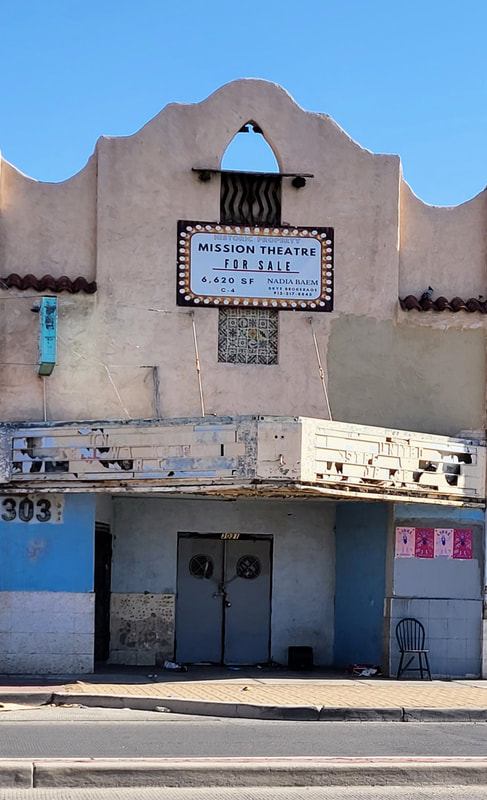
My father used to tell me about sneaking into this theater to watch movies as a kid in the 1910s. It showed Spanish language films. In the 1940s, it was transformed into a "whites only" theater but that didn't last long. By the 1950s, it was headquarters to the Mine, Mill, and Smelter Workers Union, a radical labor organization. Before it closed, it housed the Mine and Mill Bar.
Segundo Barrio
Father Rahm Street
July 2022
La Virgensita en la frontera
Cd Juarez downtown
December 2017
La Mariscal, Ciudad Juarez, 2017
Montana Vista 2019
El Centro July 2022
